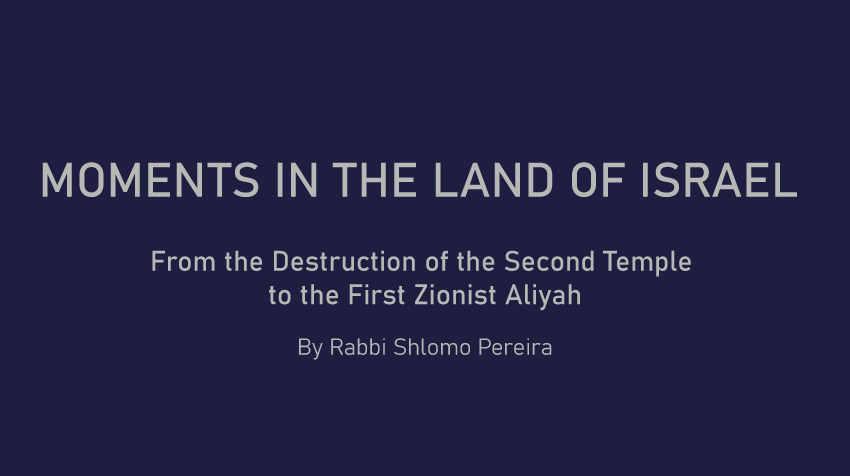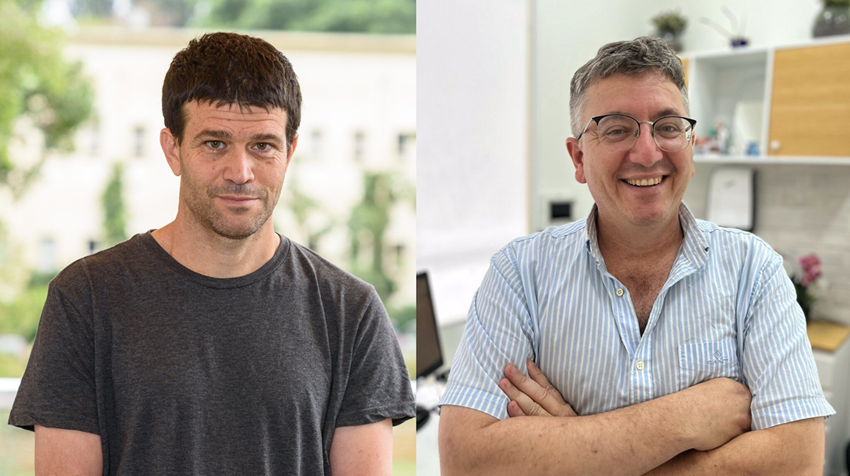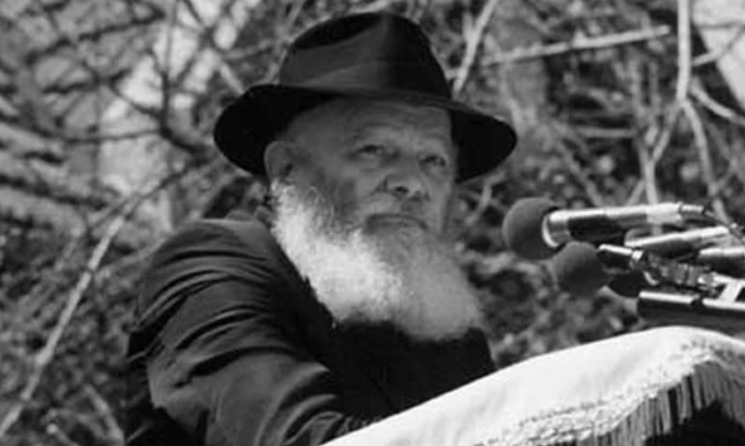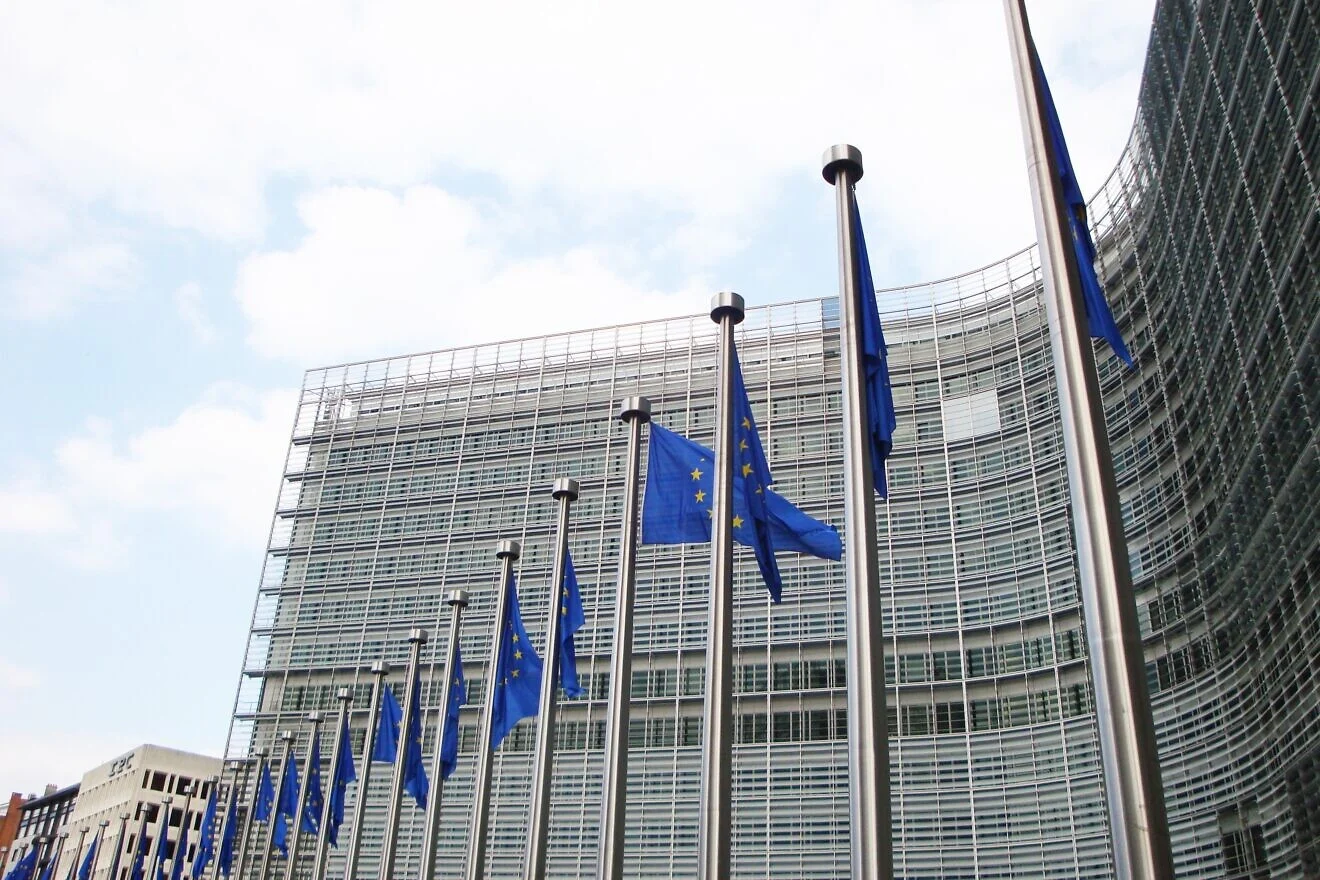Highlighting the permanent Jewish presence and the relevance of Jewish contributions in Eretz Israel as well as the continuous connection between Diaspora Jews and Eretz Israel throughout the centuries between the Destruction of the Second Temple and the onset of modern Zionism, through a series of one-page notes distributed weekly.
DID YOU KNOW THAT... in 1165, Maimonides, visited Jerusalem and prayed on the Temple Mount? R. Moshe Ben Maimon (1135-1204), also known as Maimonides and by the acronym Rambam, was a great Talmudic scholar, Halachic codifier, philosopher, and a physician by trade. Born in Cordoba, he had to flee Spain with his family in 1148 to escape the Almohads, the new Islamic rulers. Eventually, the family reached Morocco where they stayed for over a decade. In 1165, again fleeing persecution, Maimonides sailed to Israel. He left a brief written record of this endeavor at the end of his commentary on Mishnah Rosh HaShanah. During the voyage, he reports, the group faced a rather devastating storm, which they miraculously survived. They arrived in Acco on the 3rd of Sivan, a date which Maimonides urges his family to observe forever as a day of joy and feasting for their deliverance from both the persecutions and the storms. He reports soon thereafter to have visited Jerusalem and to have prayed in sight of the Temple Mount and then having visited Hebron and prayed at the Cave of Machpelach. Although there are no other sources for these details, the fact that Maimonides visited Israel with two male relatives, likely his father and his brother David, is mentioned many years later in a letter to R. Yaphet ben Eliyahu, who had hosted the family when they arrived in Acco in 1165. Regardless, in 1168 Maimonides had settled in Egypt, where he would achieved a unique status both in Jewish and non-Jewish circles. He died in Fustat, Cairo in 1204 and was buried in the courtyard of the synagogue that bears his name. Soon thereafter, as per his instructions, he was exhumed and reburied in Tiberias. His tomb is a very popular place of pilgrimage to this day. He is arguably one of the greatest and most influential Jewish scholars ever. Indeed, the epitaph in his tomb reads “From Moshe to Moshe there is no one like Moshe”, the first Moshe being a reference to the Biblical Moses.


































